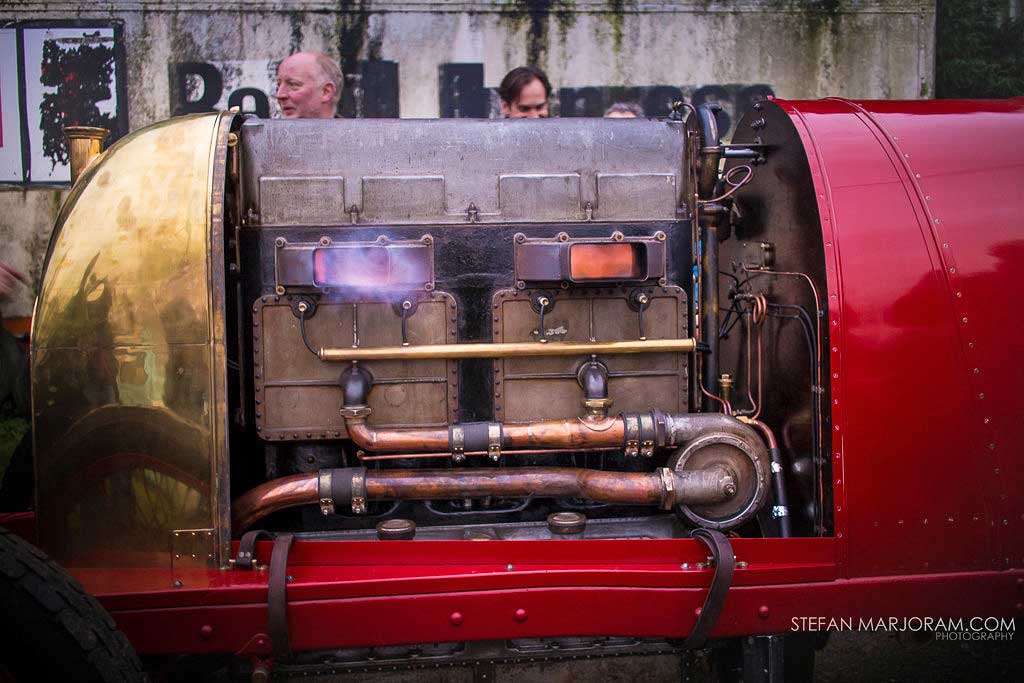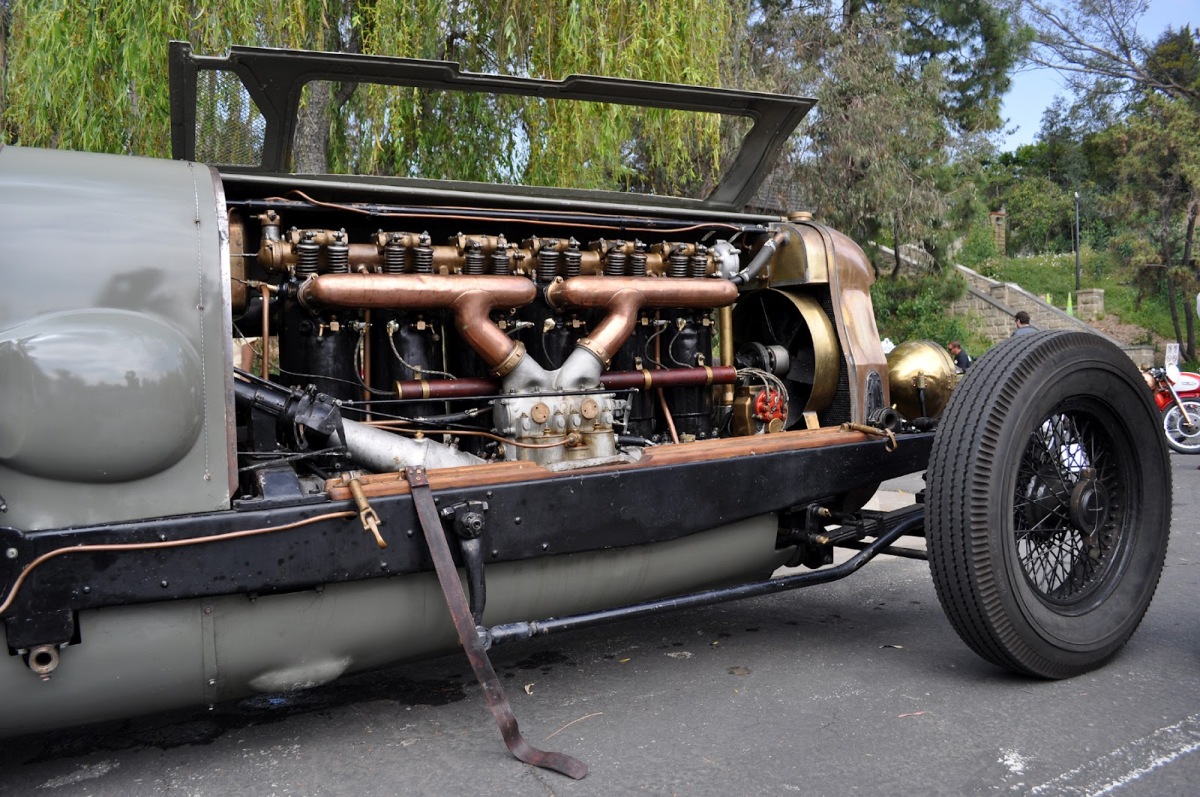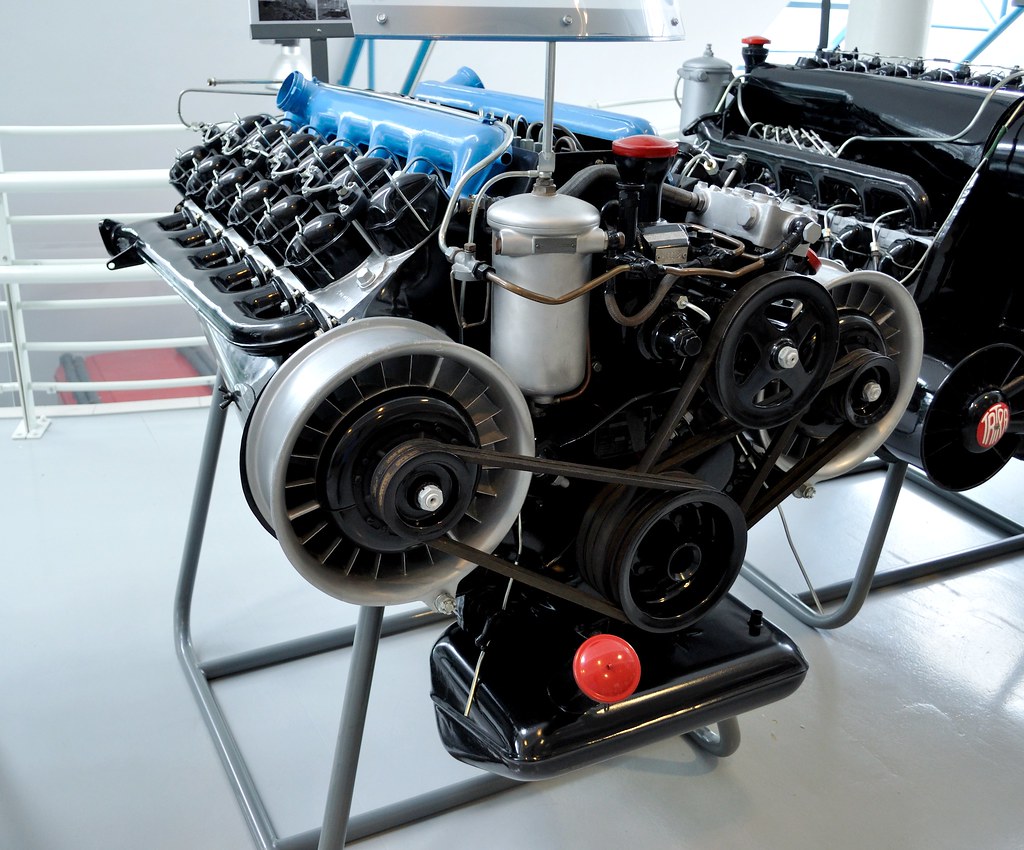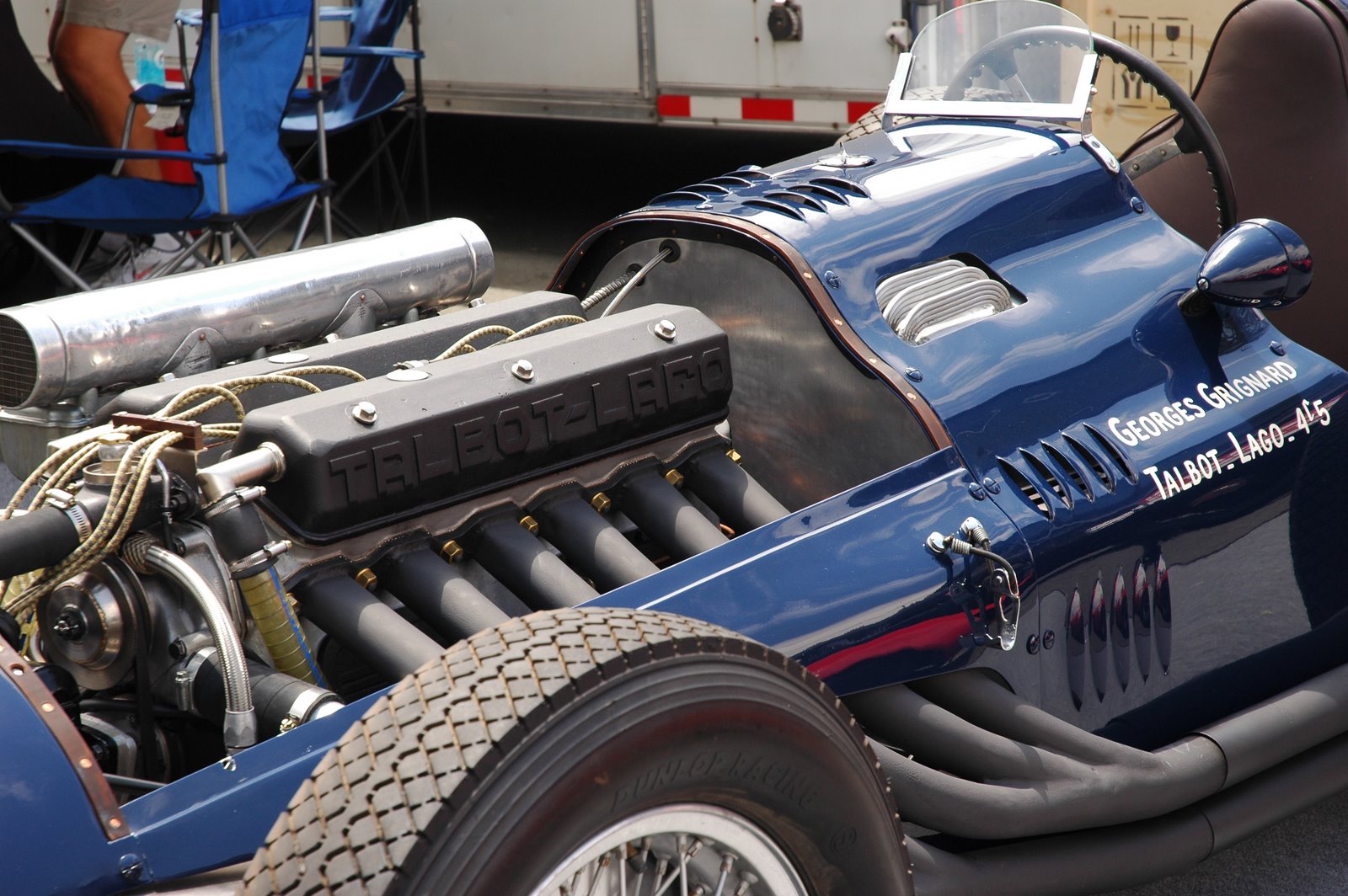roon wrote: ↑09 Sep 2018, 01:20
Tommy Cookers wrote: ↑08 Sep 2018, 10:16
roon wrote: ↑07 Sep 2018, 21:03
In the video above, how can there be such a delay between the end of hand-cranking, and the first cylinders firing? Almost two seconds pass.
after cranking the ignition is on or effectively on and the engine fires and self-starts
Crankshaft speed can be zero for this?
yes
this was done eg on the 1900s Napier 6 cylinder by car owners (ok maybe not possible on a 4 cyl ??)
crank the engine on the handle to prime, promptly put the handle away, then flip the ignition timing lever
presumably at least one cylinder was full of freshly squeezed mixture warm enough to ignite when sparked
(though early fuel anyway had a low bp more like lighter fuel)
certainly in those days there were trembler coils (presumably causing a secondary to produce a train of untimed sparks)
my Meteor (NA Merlin ex-tank) started with iirc such a coil (ex-Sherman) across the primary of one of the magnetos
at a very low cranking rpm from the electric starter that had a huge reduction
iirc sparks were visible without any cranking
regarding inertia starters eg
P&W Wasp 1340 in a Harvard the (integral ie plane's battery) inertia starter runs its flywheel over 5 minutes up to scream rpm
then the front seat occupant stands on a very hefty foot pedal to engage the starter and the prop starts to move etc
presumably these magnetos have no impulse mechanism or other aid
engines being stopped by fuel cutting, aviation is almost obsessive over mags being off thereafter


















